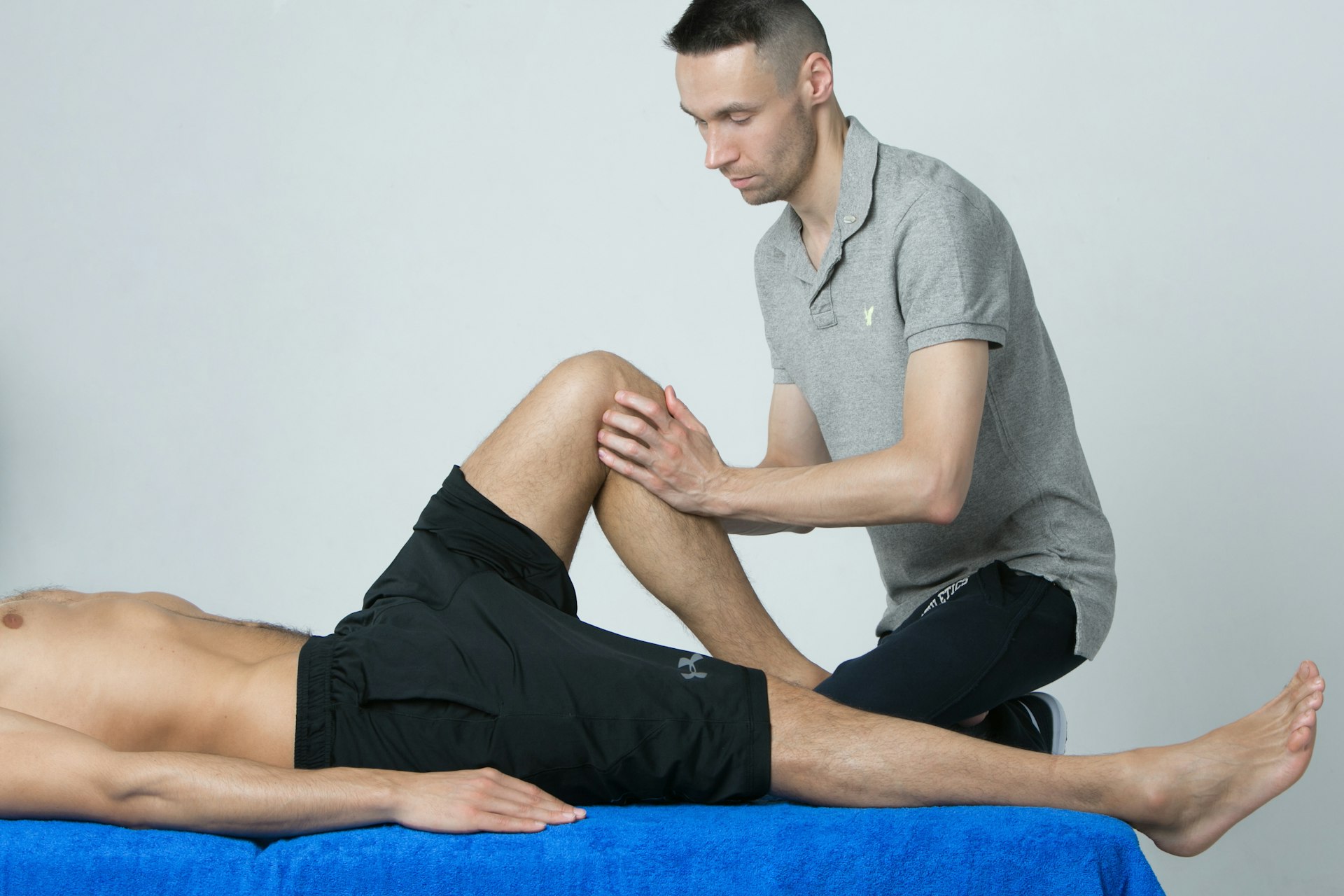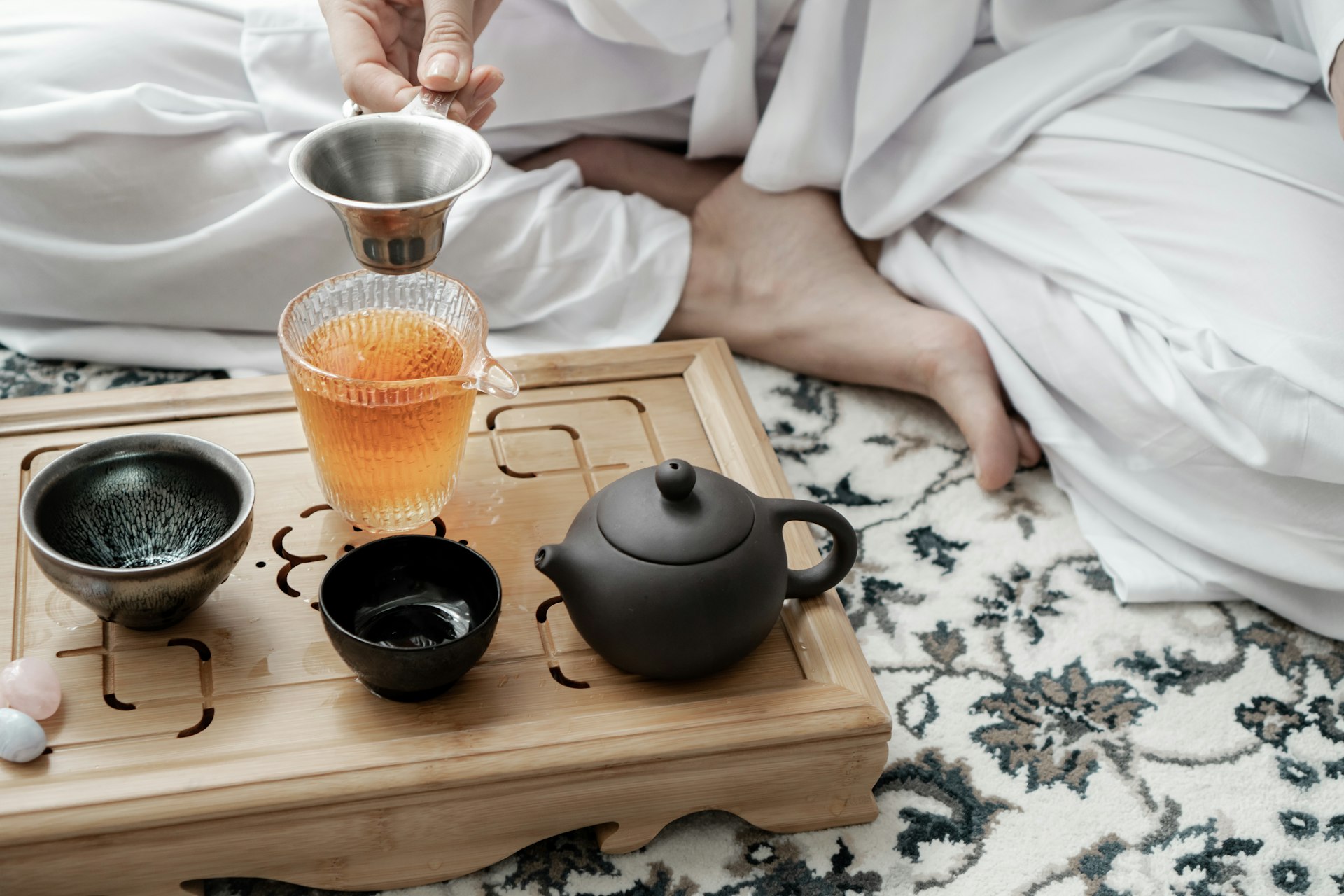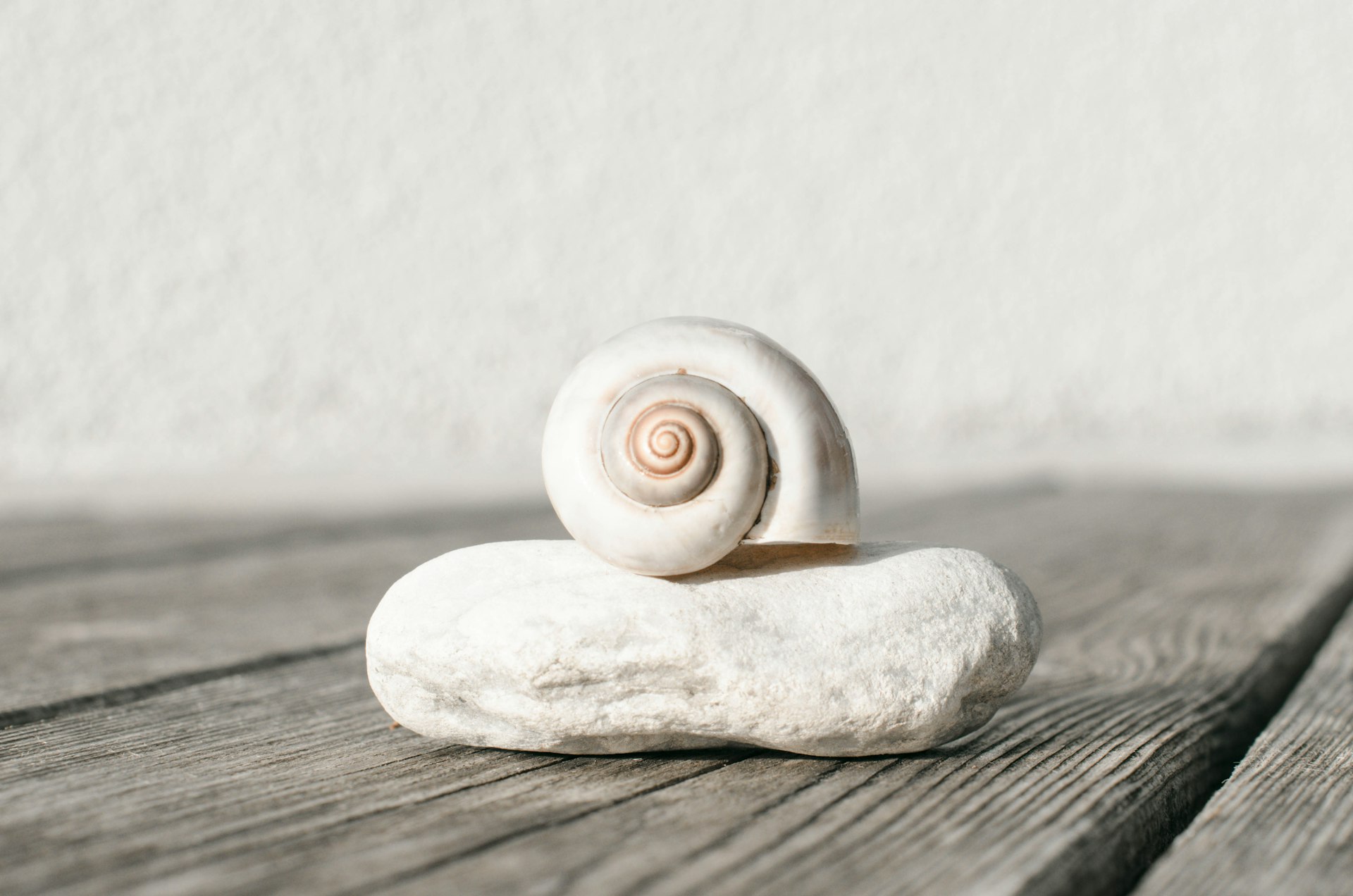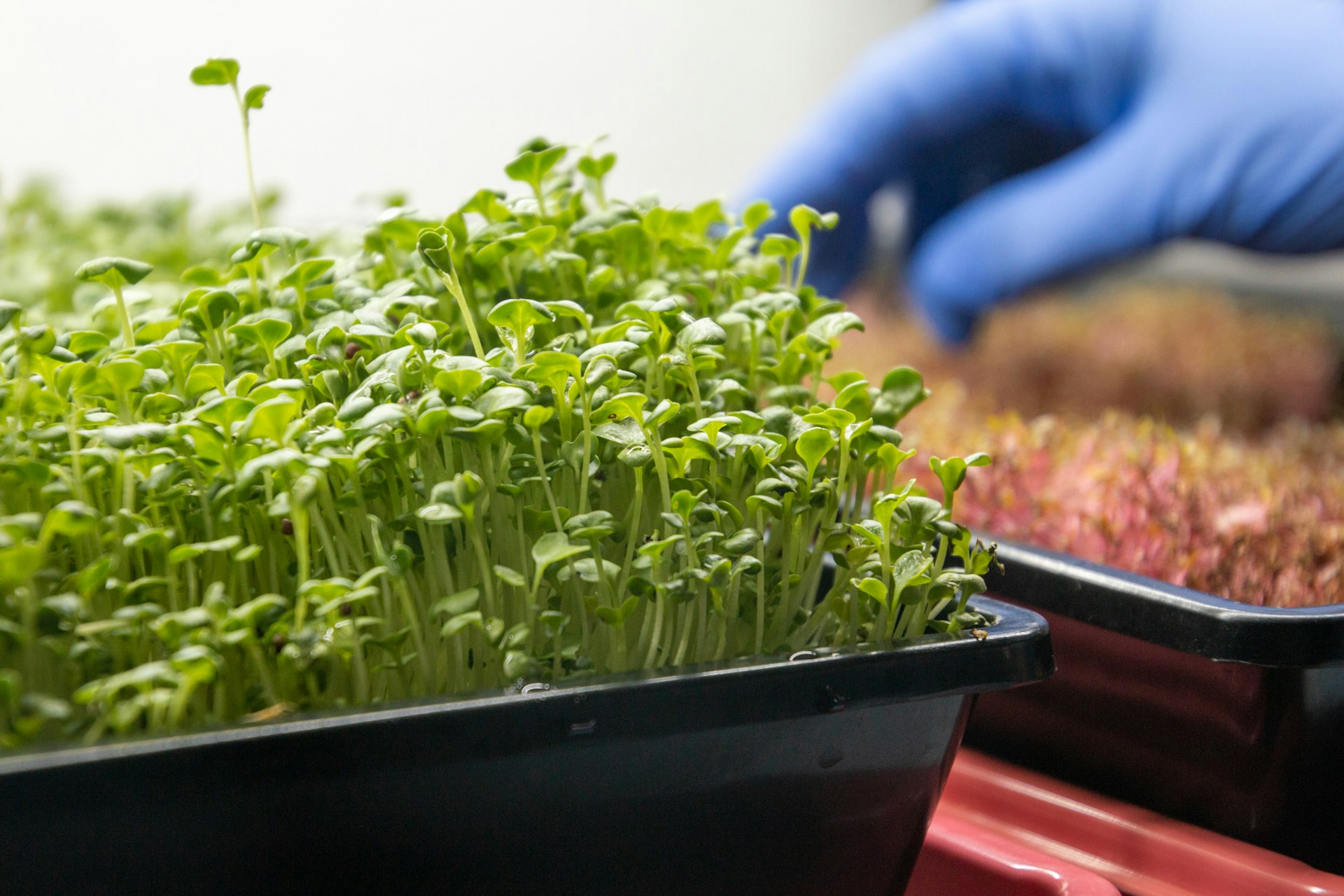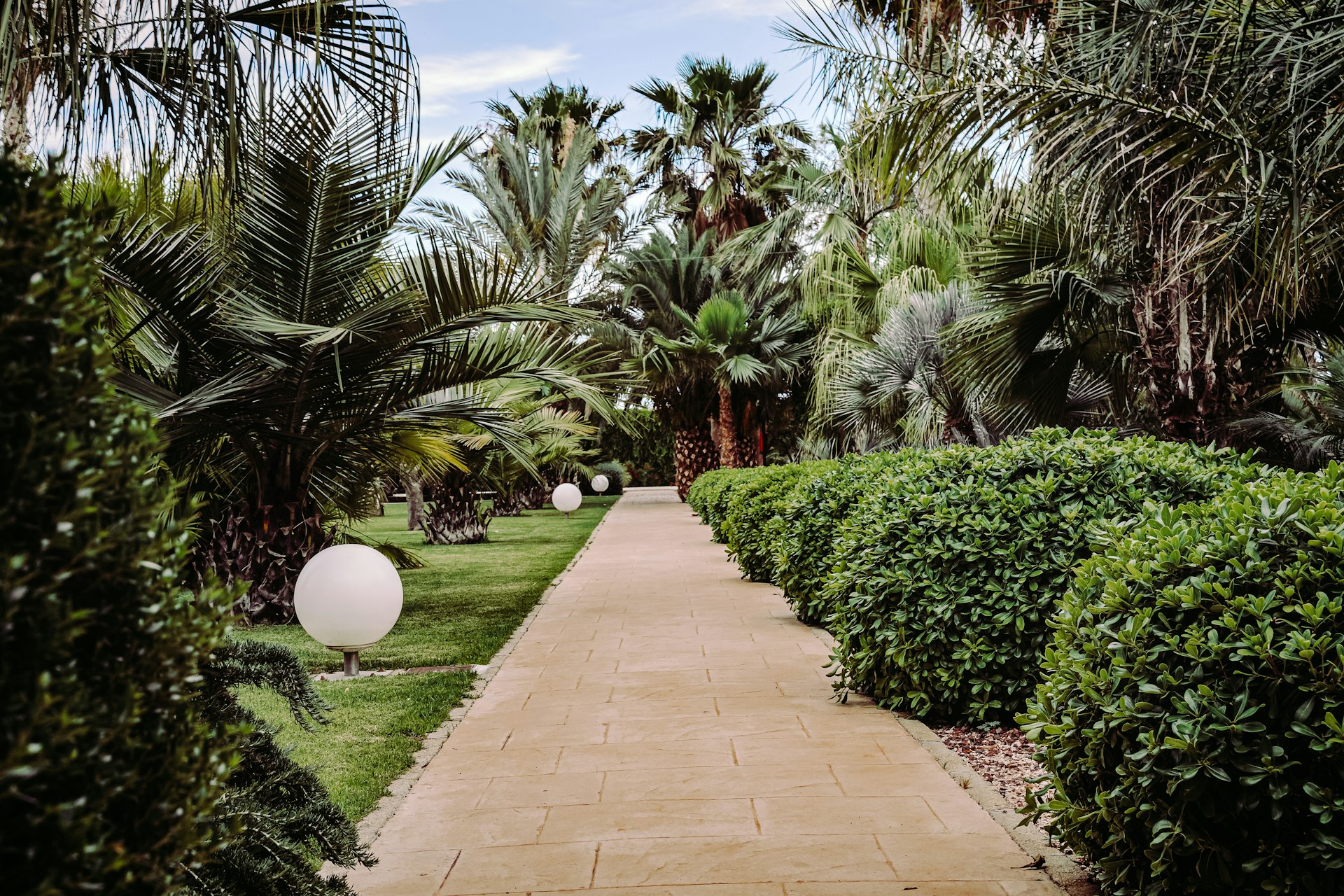Integrating Mindfulness into Your Daily Routine: Practical Steps for Everyday Calm

Photo by Julia ÐндрÑй on Unsplash
Introduction: Why Mindfulness Matters in Modern Life
In today’s fast-paced world, finding calm and clarity can seem elusive. Yet, mindfulness-the practice of bringing your full attention to the present moment-offers a powerful way to enhance well-being and resilience. Contrary to popular belief, mindfulness does not require hours of meditation or drastic lifestyle changes. Integrating mindfulness into daily routines can be straightforward, accessible, and rewarding, with benefits including reduced stress, improved focus, and a greater sense of peace [1] . This guide delivers actionable steps to help you weave mindfulness naturally into your day, supported by research and real-world examples.
Understanding Mindfulness: Foundations and Benefits
Mindfulness is the intentional act of focusing your attention on the present moment, openly and without judgment. Practicing mindfulness regularly has been shown to lower stress, enhance memory, improve concentration, and bolster emotional regulation [1] . It can also help in managing anxiety and depression, while promoting overall mental and physical health [2] .
Common misconceptions suggest mindfulness is time-consuming or requires special training. In reality, simple practices-such as paying attention to your senses or taking a mindful breath-can deliver immediate benefits and are easy to integrate into existing routines [3] .
Morning Mindfulness: Setting the Tone for the Day
Starting the day with a mindful practice can anchor your intentions and promote clarity before daily distractions arise. As recommended by mental health experts, consider the following step-by-step routine [3] :
- On waking, sit comfortably. Close your eyes, feel your body’s sensations, and take three long, deep breaths.
- Set an intention for your day. Ask yourself, “How do I want to show up today?” Consider qualities such as patience, kindness, or resilience.
- Check in throughout the day. Pause to recall your intention, especially during stressful moments. This quick reset can help you remain grounded and focused.
Many people find that even a few mindful breaths or a brief morning reflection can shift their mindset for the entire day. For those struggling to remember, consider placing a reminder note by your bed or setting a recurring phone alert.
Mindful Moments in Daily Activities
One of mindfulness’ greatest strengths is its adaptability. You can practice mindful awareness during routine tasks without needing extra time. Here are practical examples:
Mindful Brushing and Showering
Instead of operating on autopilot, bring full awareness to morning routines. As you brush your teeth, notice the taste of toothpaste, the sensation of the bristles, and the movement of your hand. In the shower, focus on the temperature of the water, the scent of soap, and the feeling of water on your skin. These moments can become mini-meditations that promote calm and clarity [4] .
Implementation Tip:
Try focusing on one sensory detail (e.g., the sound of water) each day to deepen your awareness.
Mindful Eating
Eating mindfully means paying close attention to the flavors, textures, and aromas of your food, and noticing how you feel as you eat. Try eating without distractions like screens or reading materials. Savor each bite and notice when you begin to feel full. This practice not only enhances enjoyment but can improve digestion and support healthier eating habits [5] .
Alternative Approach:
If eating every meal mindfully feels overwhelming, start with one meal or snack per day.

Photo by William Luiz on Unsplash
Mindful Commuting and Walking
Turn commutes or daily walks into opportunities for mindfulness. Instead of letting your mind wander, tune in to your senses: feel your feet on the ground, notice the rhythm of your breath, listen to surrounding sounds. If you drive, pay attention to the sensation of the steering wheel or the sights as you travel. Walking meditation is another powerful tool-focus on the sensation of each step and the movement of your body [2] .
Step-by-Step Guidance:
Choose a short route (even from your desk to the kitchen) and walk slowly, focusing on each movement and sensation. If your mind drifts, gently bring it back to your steps.
Midday Mindfulness: Resetting and Refocusing
Mindfulness can help break up the stress and busyness of the workday. Taking even a few minutes to pause and breathe can reset your focus, reduce tension, and improve productivity. Some effective midday practices include:
- Mindful breathing breaks: Sit quietly, close your eyes if comfortable, and focus on your breath for one to three minutes. Notice the rise and fall of your chest and any sensations that arise.
- Body scan meditation: Pay attention to each part of your body, from head to toe, noticing sensations without judgment. This can be done seated at your desk or lying down during a break [2] .
Employers are increasingly recognizing the value of mindfulness, with some offering guided meditation sessions or quiet spaces for staff. If these options are not available, you can create your own routine with simple reminders or short audio guides from reputable sources.
Overcoming Common Challenges
Many people face obstacles when trying to integrate mindfulness, such as forgetting to practice, feeling awkward, or becoming frustrated when their minds wander. These challenges are normal, and there are effective strategies to address them:
- Start small: Incorporate mindfulness in brief moments rather than aiming for long sessions. Consistency is more valuable than duration.
- Use reminders: Set daily alarms or visual cues (e.g., a sticky note on your computer) to prompt mindful moments.
- Be patient and non-judgmental: It is natural for the mind to wander. Each time you notice, gently return your focus without self-criticism.
Remember, mindfulness is a journey, not a destination. Progress is measured by your willingness to notice and return to the present, not by perfection [5] .
Accessing Mindfulness Resources and Support
If you are interested in structured learning or additional support, many reputable organizations offer resources. You can:
- Search for mindfulness-based stress reduction (MBSR) programs at local hospitals, universities, or community centers. These are often led by certified professionals and may be available in-person or online.
- Explore apps such as Headspace and Calm, which provide guided mindfulness exercises, reminders, and progress tracking. You can verify their availability through official app stores or their websites.
- Connect with workplaces, healthcare providers, or educational institutions to ask about employee wellness programs or group mindfulness sessions. Many organizations recognize the benefits and may offer access at no cost to you.
- For additional reading and self-guided practices, refer to established organizations such as the Mayo Clinic or Harvard Health Publishing for accurate, research-backed information.
If you are unable to find local programs or resources, consider searching terms like “mindfulness training near me” or “MBSR course online” in reputable search engines for options in your area.
Key Takeaways for Everyday Mindfulness
Integrating mindfulness into daily routines is an accessible, empowering way to support your mental and physical well-being. You do not need to overhaul your schedule-simply begin by bringing awareness to ordinary activities, such as breathing, eating, and moving. As you develop these habits, you may notice increased calm, improved focus, and a deeper connection to yourself and others. For ongoing support, seek out reputable resources, and remember that every mindful moment counts.
References
- [1] Harvard Health Publishing (2021). Evoking calm: Practicing mindfulness in daily life helps.
- [2] Mayo Clinic (2022). Mindfulness exercises.
- [3] Mindful (2024). Take a mindful moment: 5 simple practices for daily life.
- [4] Headspace (2023). 5 ways to get mindfulness into your everyday life.
- [5] SIYLI (2023). 10 simple ways to integrate mindfulness into your daily routine.
MORE FROM hotondeals.com





